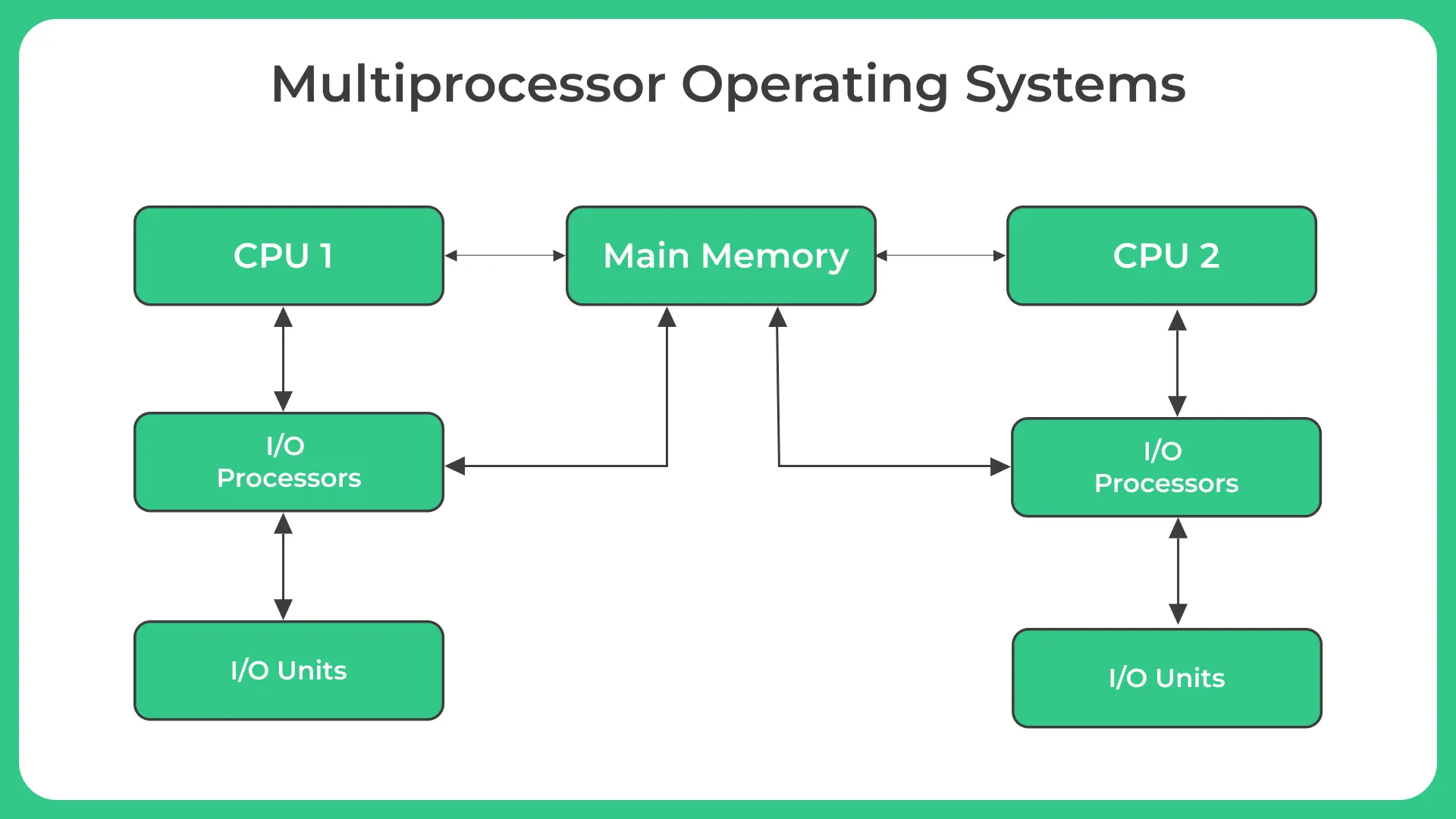0
Notifications Mark All Read
- Login
- Get Prime
OS Menu
- OS Home
- Introduction
- CPU Scheduling
- What is Process?
- Process Lifecyle
- Process Control Block
- Process Scheduling
- Context Switching
- CPU Scheduling
- FCFS Scheduling
- SJF (non-preemptive)
- SJF (Preemptive - SRTF)
- Round Robin
- Priority Scheduling
- Convoy Effect
- Scheduler Vs Dispatcher
- Preemptive Vs non
- Preemptive scheduling
- Non preemptive scheduling
- Process Synchronization
- Deadlock
- Popular Algorithms
- Memory Management
- Memory Management Introduction
- Partition Allocation Method
- First Fit
- First Fit (Intro)
- First Fit in C
- First Fit in C++
- First Fit in Python
- First Fit in Java
- Best Fit
- Best Fit (Intro)
- Best Fit in C
- Best Fit in C++
- Best Fit in Java
- Worst Fit
- Worst Fit (Intro)
- Worst Fit in C++
- Worst Fit in C
- Worst Fit in Java
- Worst Fit in Python
- Next Fit
- First fit best fit worst fit (Example)
- Memory Management 2
- Memory Management 3
- Page Replacement Algorithms
- LRU (Intro)
- LRU in C++
- LRU in Java
- LRU in Python
- FIFO
- Optimal Page Replacement algorithm
- Optimal Page Replacement (Intro)
- Optimal Page Replacement Algo in C
- Optimal Page Replacement Algo in C++
- Optimal Page Replacement Algo in Java
- Optimal Page Replacement Algo in Python
- Thrashing
- Belady’s Anomaly
- Static vs Dynamic Loading
- Static vs Dynamic Linking
- Swapping
- Translational Look Aside Buffer
- Process Address Space
- Difference between Segmentation and Paging
- File System
- Off-campus Drive Updates
- Get Hiring Updates
- Contact us
Multiprocessor Operating Systems in OS
Multi Processor Operating System
In a traditional single-processor system, the operating system manages the execution of tasks and allocates system resources efficiently.
However, with the advent of multiprocessor systems, where multiple processors work in parallel, a new set of challenges and opportunities arise.
Multiprocessor operating systems are specifically designed to handle the complexities of coordinating and managing multiple processors effectively.

Overview of Multi Processor Operating System
When two or more central processing units operate within a single computer system, it is referred as a multiprocessor system. In such computers, these multiple CPU’s have a close connection and communication to share data and programs. These multiple processors also share operating system resources such as memory, buses, printers, and other peripheral devices.
Multiprocessor systems are used when users need extremely high processing speed to process a high volume of data. In most of the cases, such operating systems are used to carry out scientific calculations or operations such as satellite processing, deep data analysis, and weather forecasting.

- Enhanced Performance and Throughput: Multiprocessor operating systems leverage parallelism to enhance system performance and increase throughput. By distributing tasks among multiple processors, these systems can execute multiple instructions simultaneously, leading to faster execution times and improved overall system responsiveness.
- Improved Reliability and Fault Tolerance: Multiprocessor systems provide built-in redundancy, which enhances system reliability and fault tolerance. If one processor fails, the remaining processors can continue to execute tasks without any disruption. This fault-tolerant capability is especially critical in mission-critical applications where system downtime is unacceptable.
- Scalability and Load Balancing:
Multiprocessor operating systems offer excellent scalability by allowing additional processors to be added to the system as needed. This scalability enables organizations to accommodate increasing workloads without replacing the entire system. Furthermore, load balancing algorithms ensure that tasks are evenly distributed among processors, preventing bottlenecks and maximizing resource utilization.
- Process and Thread Scheduling: Multiprocessor operating systems employ advanced process and thread scheduling algorithms to efficiently utilize available processors. Techniques such as load balancing, priority-based scheduling, and affinity scheduling ensure optimal processor allocation and maximize system performance.
- Inter-Process Communication (IPC): Inter-Process Communication (IPC) mechanisms facilitate communication and data exchange between processes running on different processors. Techniques such as message passing, shared memory, and remote procedure calls enable efficient coordination and collaboration among processes.
- Memory Management and Allocation: Memory management in multiprocessor operating systems involves efficient allocation and deallocation of memory resources. Techniques such as page-based memory management and dynamic memory allocation ensure optimal memory utilization and avoid fragmentation.
- I/O Handling and Device Management: Efficient I/O handling and device management are essential for multiprocessor operating systems. Techniques such as asynchronous I/O, interrupt-driven I/O, and device virtualization enable parallel processing of I/O operations and maximize system throughput.
Future Trends and Developments in Multiprocessor Operating Systems
The field of multiprocessor operating systems is continually evolving, driven by advancements in hardware technologies and the increasing demand for high-performance computing. Future trends include enhanced support for heterogeneous processors, improved energy efficiency, and the integration of machine learning techniques to optimize system performance.
Conclusion
Multiprocessor operating systems are instrumental in harnessing the power of multiple processors and maximizing system performance.With their ability to handle parallel execution, provide fault tolerance, and scale with growing workloads, these operating systems are essential for modern computing environments.As technology advances, we can expect further innovations in this field, enabling even more efficient and powerful multiprocessor systems.
Prime Course Trailer
Related Banners
Get PrepInsta Prime & get Access to all 200+ courses offered by PrepInsta in One Subscription
Get over 200+ course One Subscription
Courses like AI/ML, Cloud Computing, Ethical Hacking, C, C++, Java, Python, DSA (All Languages), Competitive Coding (All Languages), TCS, Infosys, Wipro, Amazon, DBMS, SQL and others

 0
0



Login/Signup to comment